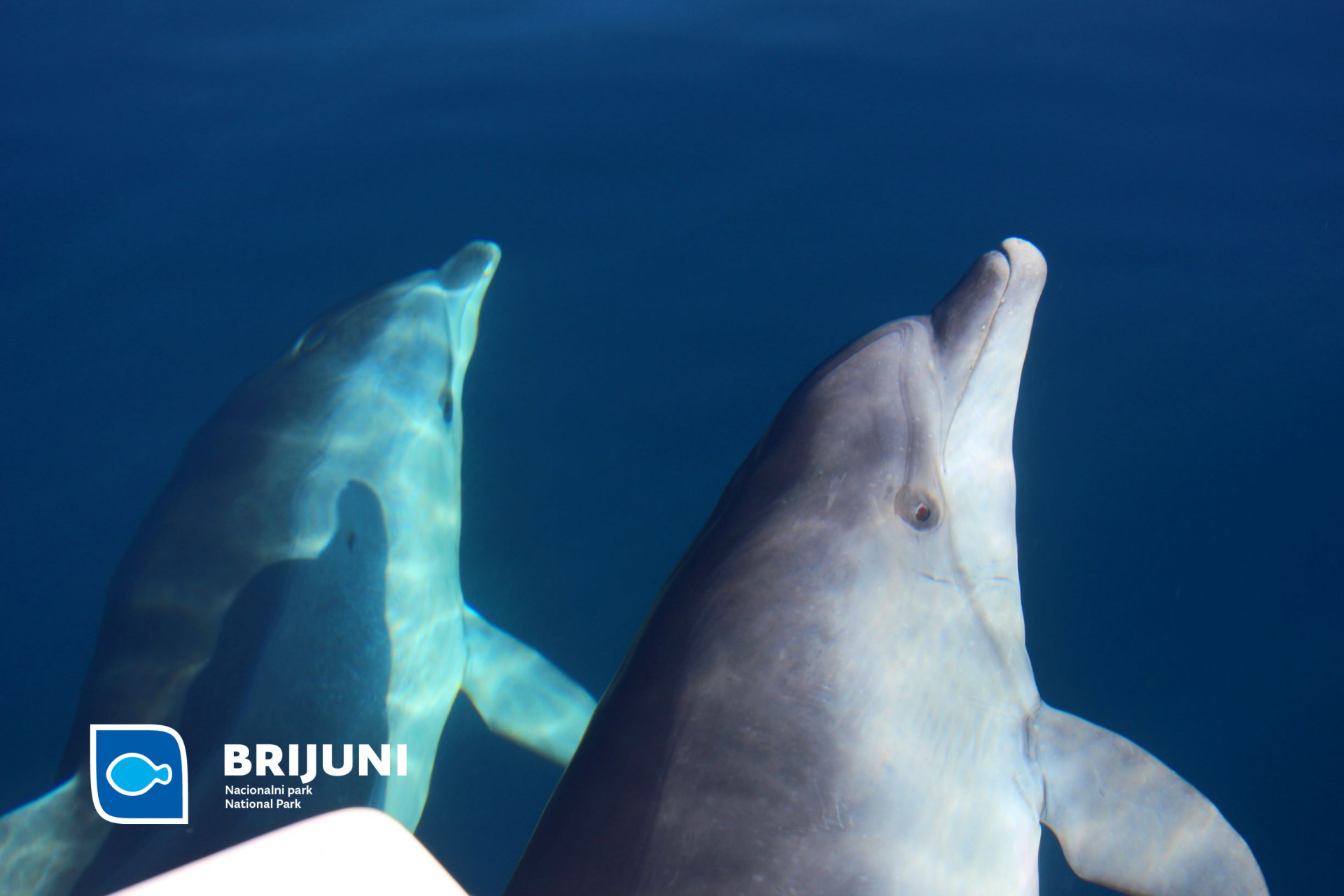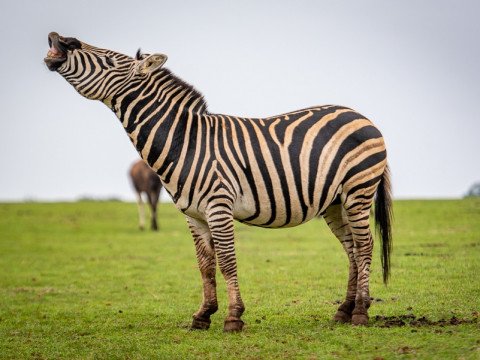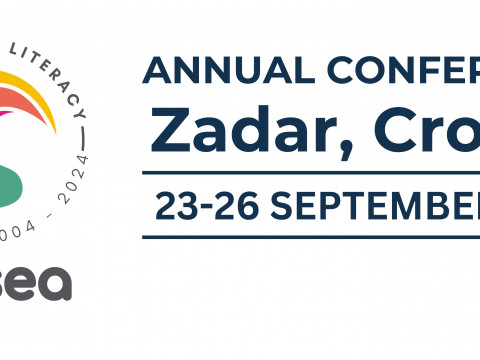Dolphin Day - August 5th
Every year on August 5th, we celebrate Dolphin Day to raise awareness about the importance of preserving these fascinating marine mammals and their habitats. Dolphin Day offers an opportunity to learn about the ecological challenges dolphins face and to promote conservation measures that can aid in their protection.
Bottlenose Dolphin in the Adriatic Sea
The history of whale and dolphin sightings in the Adriatic Sea dates back to the mid-19th century, with about ten species recorded. However, only two species, the bottlenose dolphin (Tursiops truncatus) and the short-beaked common dolphin (Delphinus delphis), are native to the area. Unfortunately, the common dolphin has become regionally extinct in the northern Adriatic, leaving the bottlenose dolphin as the most frequent resident of these waters. This species is highly intelligent and social, often found in small groups, with larger gatherings being rare.
Between July and November 2022, monitoring conducted in the Brijuni National Park revealed that bottlenose dolphins are present throughout the area. Sightings were significantly more frequent than in other parts of the Adriatic Sea. Most observed dolphins were previously recorded, indicating a long-term connection to the region. However, over 90% of the dolphins were only sighted once in 2022, suggesting that this area is just part of their larger habitat.
The estimated 245 dolphins using the area do not reflect the true population size. Long-term monitoring is needed to assess population trends and the impact of threats. Dolphins are primarily found in the western part of the park, where they use the area for feeding and nurturing their young. Brijuni National Park offers additional advantages due to fishing restrictions, making it particularly attractive for dolphins.
Threats to Dolphins in the Adriatic Sea
Dolphins in the Adriatic Sea face numerous threats due to its small size, high human and tourist activity, and pollution. Toxic substances from land accumulate in dolphin tissues, reducing reproductive success, increasing juvenile mortality, weakening immunity, and causing diseases, infections, and pathological changes. Overfishing of marine organisms, a key food source for dolphins, poses another significant threat. Additionally, vessel noise disturbs dolphins and disrupts their communication, particularly during the summer tourist season.
On Dolphin Day, we invite you to join us in celebrating these incredible marine mammals and contributing to their conservation to ensure their presence in our seas for future generations.
Author: Paula Markoč
Sources:
Marko Radulović, Marinela Cukrov Car, Tihana Vučur Blazinić, Jeroen Hofs, Jure Miočić-Stošić, Grgur Pleslić – Report (BLUE WORLD INSTITUTE): Monitoring of Bottlenose Dolphins in Brijuni National Park and Surrounding Areas.
 Parks of Croatia
Parks of Croatia
 EU projects
EU projects English
English




































